Almost half of the world’s human population lives in coastal areas, and associated coastal development has significantly degraded or destroyed many coastal ecosystems. Burgeoning human populations and rising sea levels only further constrain the availability of habitat that coastal species depend on.
California’s 1,100 mile coast has more than 200 threatened, endangered or rare species living in coastal habitats. There are hundreds of coastal estuaries that provide critical rearing habitat for marine species, and are also important for recreation, water filtration, and carbon sequestration.
Only 10 percent of California’s historic coastal wetlands remain. Without intervention, we are at risk of losing 40 percent of our remaining coastal wetlands to sea level rise over the coming decades. Conservancy scientists are working to reverse these trends.
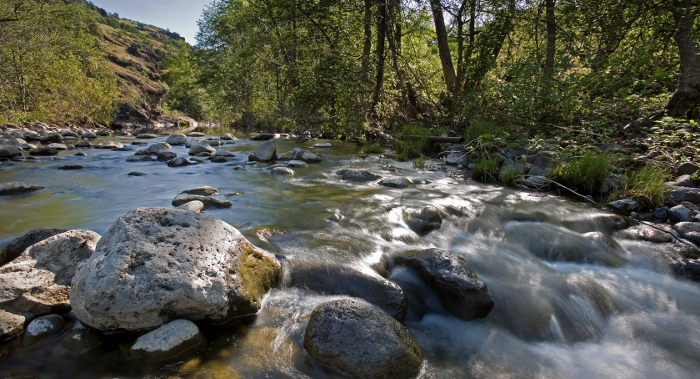
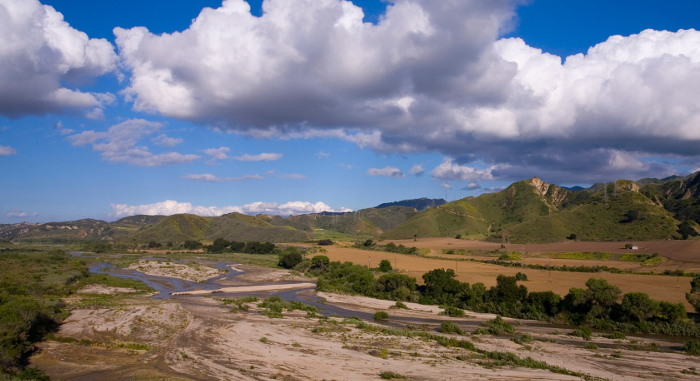
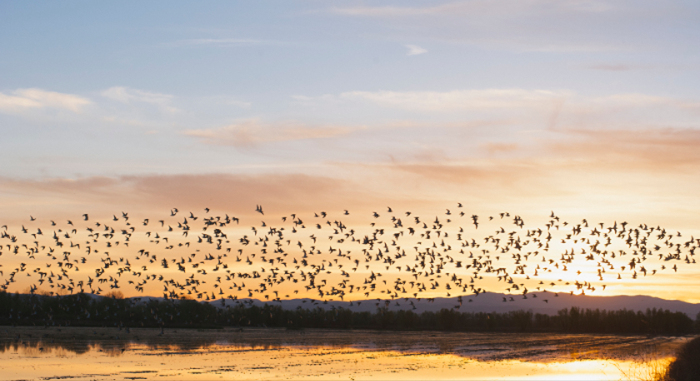
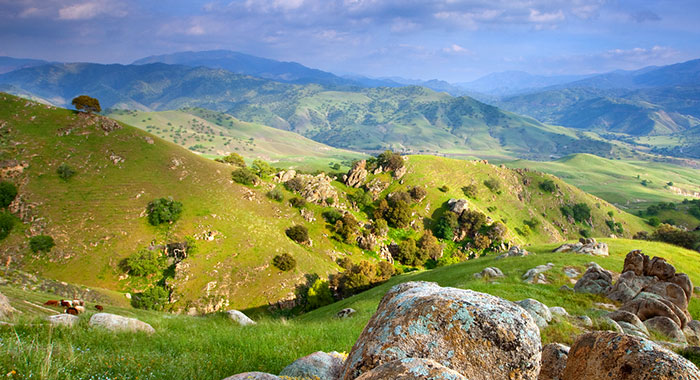
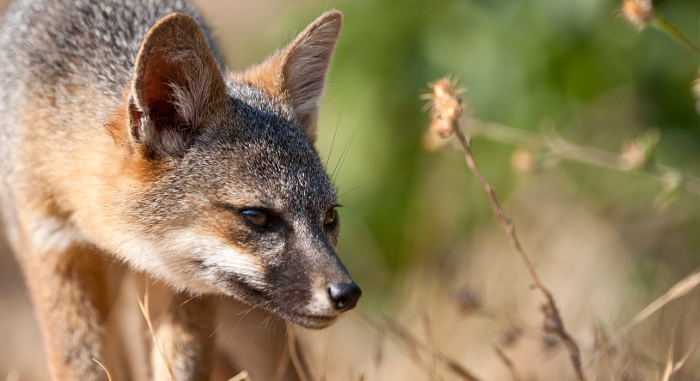

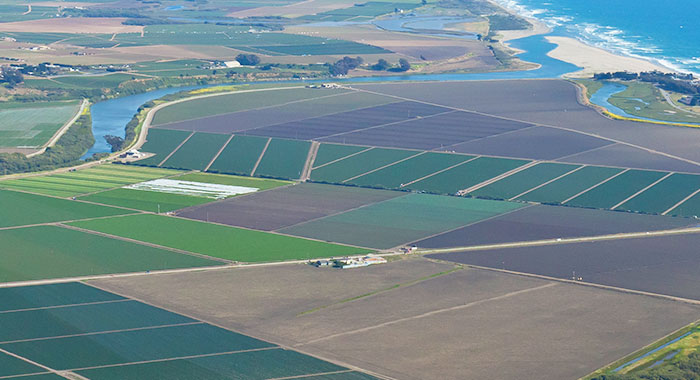

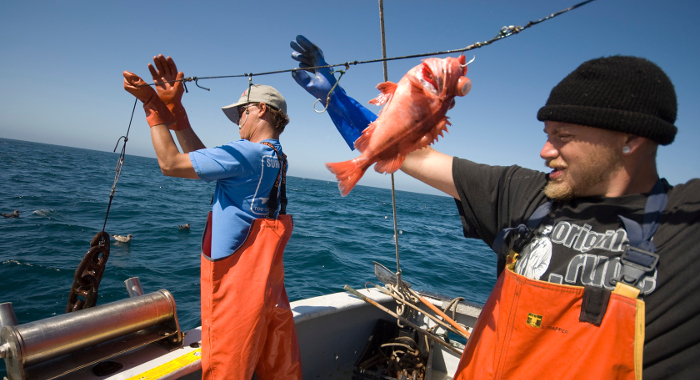
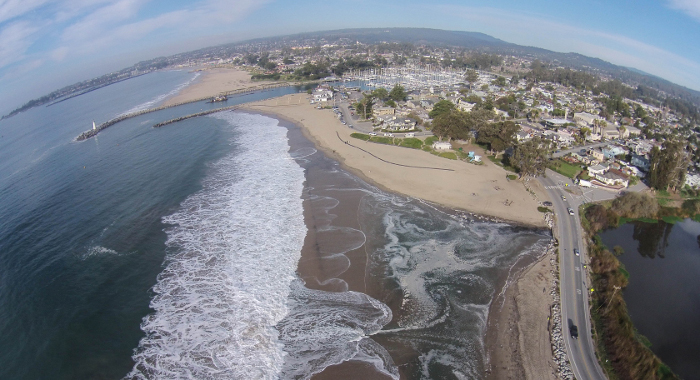

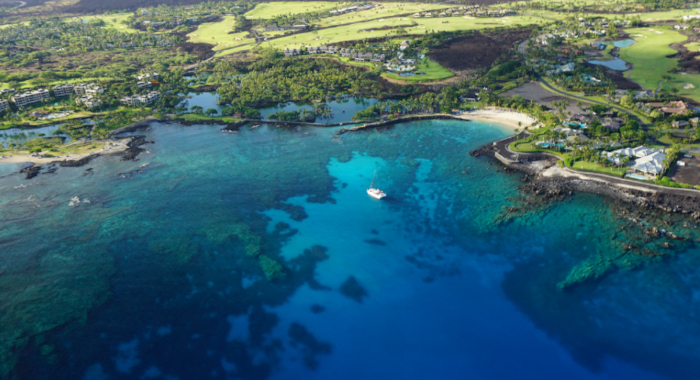
Patrick Baur, Laura Driscoll, Sasha Gennet, Daniel Karp
Since a deadly outbreak of pathogenic E. coli in California spinach in 2006, produce growers have been pressured to implement on-farm practices, such as native vegetation removal, in the name of food…David C. Marvin, Lian Pin Koh, Antony J. Lynam, Serge Wich, Andrew B. Davies, Ramesh Krishnamurthy, Emma Stokes, Ruth Starkey, Gregory P. Asner
Integration of multiple technologies greatly increases the spatial and temporal scales over which ecological patterns and processes can be studied, and threats to protected ecosystems can be…David C. Marvin, Gregory P. Asner
Policies that incentivize forest conservation by monetizing forest carbon ultimately depend on the accuracy of carbon stock estimates. Often, these estimates are based on field inventory sampling. In…Christopher J. McColl, Katie Andrews, Mark Reynolds, Gregory H. Golet
In response to the decline of wetland habitats for migrating and wintering water birds in California, the Conservancy developed a program called BirdReturns that creates “pop-up”…Daniel S. Karp, Rebekah Moses, Sasha Gennet, Matthew S. Jones, Shimat Joseph, Leithen K. M'Gonigle, Lauren C. Ponisio, William E. Snyder, Claire Kremen
Food safety concerns have led to pressure on farmers to simplify their farms and landscapes, rather than diversify them. This study demonstrates that two practices – elimination of…Sara M. Kross, T. Rodd Kelsey, Chris J. McColl, Jason M. Townsend
Globally, loss of biodiversity and impacts to natural services and human health have been driven to a significant degree by loss of natural habitats due to agricultural land conversion and management…A Network for Voluntary Conservation
The Pajaro Compass—with its interactive maps and tools—supports a group of over 50 stakeholders representing conservation, agriculture, transportation, government and community…Tamara S Wilson, Benjamin M Sleeter, D Richard Cameron
This publication discusses how land use changes in Mediterranean California will drive changes in water use between urban uses and annual vs. perennial crops. The authors used a state-and-transition…Michael F. Westphal, Joseph A. E. Stewart, Erin N. Tennant, H. Scott Butterfield, Barry Sinervo
This paper documents the negative effects of the 2012-2014 drought—the most severe multi-year drought in southwestern North America in the past 1,200 years—on the endangered blunt-nosed…Szeptycki, L., E. Hartge, N. Ajami, A. Erickson, W. N. Heady, L. LaFeir, B. Meister, L. Verdone, J.R. Koseff
The drought in California rekindled interest in ocean desalination as a new and reliable water supply option; yet desalination is expensive, energy intensive, potentially emits greenhouse gases,…Funk, W.C., R.E. Lovich, P.A. Hohenlohe, C.A. Hofman, S.A. Morrison, T.S. Sillett, C.K. Ghalambor, J.E. Maldonado, T.C. Rick, M.D. Day, T.J. Coonan, K.R. Crooks, A. Dillon, D.K. Garcelon, J.L. King, L.M. Lyren, E.E. Boydston, N. Gould , W.F. Andelt
The genomics revolution provides powerful tools for understanding evolution and advancing conservation. This study applies genomics techniques to examine the evolutionary mechanisms underpinning…M.B. Pesendorfer, T.S. Sillett, S.A. Morrison, A.C. Kamil
Foraging behavior may be influenced by a variety of factors, including food abundance and competitor density. This study examines how such factors affect the seed caching behavior of the Island…Kirk Klausmeyer, Jeanette Howard, Sandi Matsumoto, Sally Liu, Melissa Rohde
Groundwater is essential to the health and viability of plants, animals and ecosystems. Many tree species, like willows and cottonwoods, rely on groundwater to survive seasonal and annual dry spells.…Cara Byington, Greg Golet
Sophie S. Parker, Lily N. Verdone, E.J. Remson, Brian S. Cohen
This study addresses a basic problem shared by many riparian conservation projects: parcelization. Having dozens or hundreds of owners along a river can make conserving riparian ecosystems a difficult…